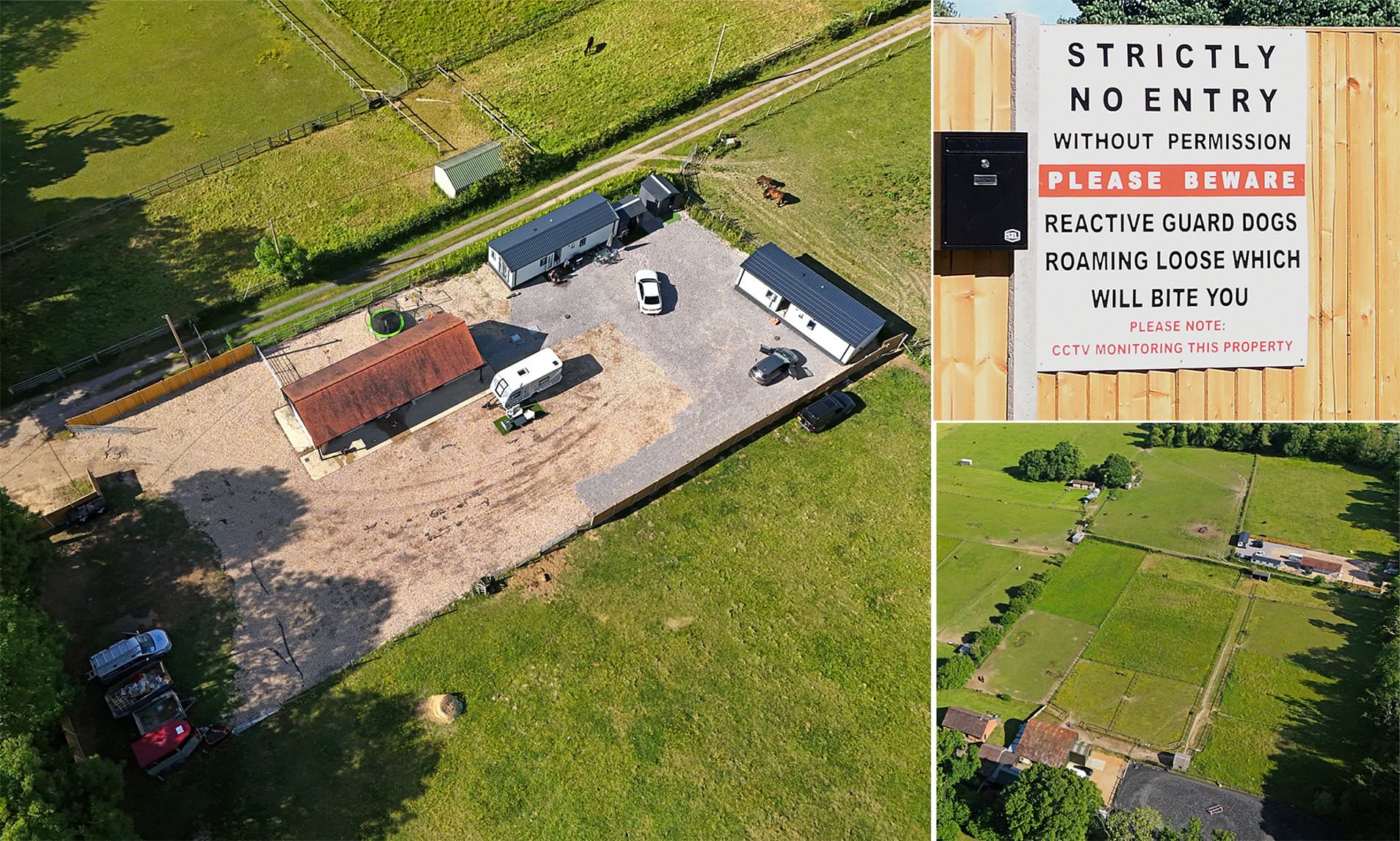A band of travelers aims to secure municipal development approval for a new community by setting up
e-bike
chargers to demonstrate their environmental credibility.
To attract approval from the local council, Michael Chalk and Tom Butler have faced accusations of incorporating ‘token sustainability elements’ into their development proposal for a countryside location in Burley, within the New Forest area.
The contentious app has sparked debate among residents in the historic hamlet at the center of Hampshire’s picturesque New Forest. After setting up permanent caravans on what used to be horse pastures, the duo along with their relatives submitted proposals for installing electric bike charging stations and building bicycle shelters.
Locals have labeled the proposal put forth by these travelers as ” performative”. They wish to construct gray, plastic e-bike shelters along with charging stations right on the field.
Earlier this year, they submitted a retrospective planning application to set up two static caravans, two touring caravans, parking spaces, bins and bike storage areas, electric bicycle charging stations, and boundary fences on what used to be known as the pony paddock. This has now ignited anger among nearby residents.
Over 70 local residents have opposed the project due to its ‘urbanising nature’ and what they see as ‘superficial additions’.
Philip Mosley, a local resident, strongly disapproved of the e-bike chargers, saying: “These token sustainability measures like electric car and e-bike charging stations don’t really balance out the environmental effects caused by constant housing development, more vehicles on the road, greater waste generation, and large areas covered with concrete.”

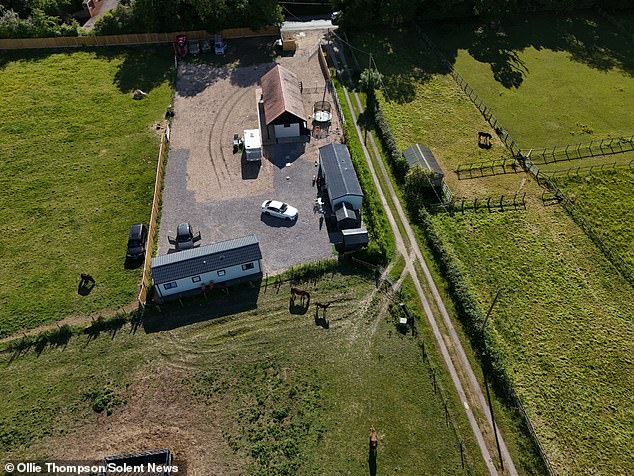
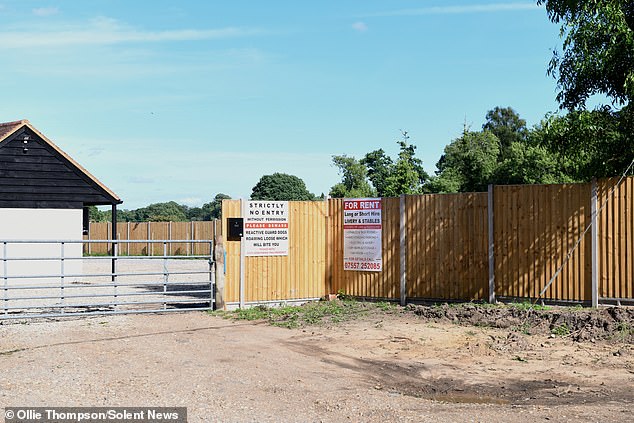
‘Sustainable practices ought to harmonize organically with the environment instead of being mere cosmetic enhancements.’
Mr Mosley additionally expressed worries that granting this approval might establish a ‘troubling precedent’ and prompt comparable requests.
He stated, “Preserving the distinctive essence of the New Forest National Park ought to take precedence.”
Although we recognize the importance of providing appropriate housing choices for every community, including Gypsy and Traveller groups, this specific proposal notably falls short of satisfying crucial planning standards.
The adverse effects undoubtedly surpass whatever advantages might be envisioned.
The Traveller website passes through the picturesque village of Burley. Boasting a populace slightly above 1,300 residents and being a favorite among visitors, this quaint community is encircled by the expansive heathlands of the New Forest.
Andrew and Rachel Holloway reside beside the paddocks and mentioned that before the site was developed in March, they had views of open fields and hedges.
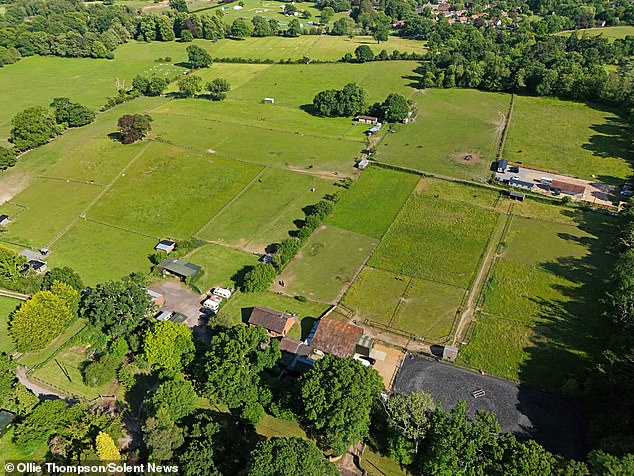
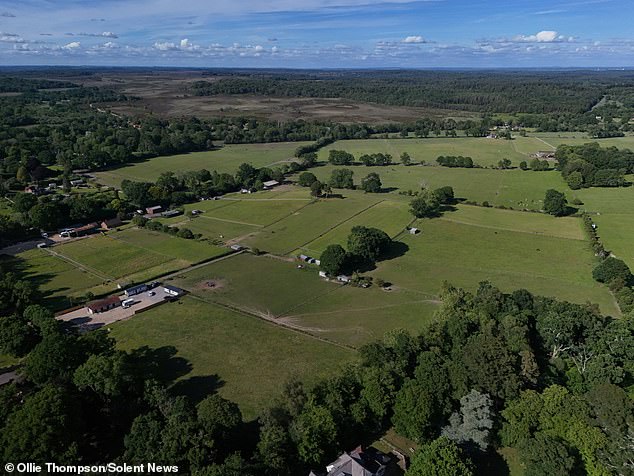
However, with the travelers having developed the location, they’ve noted that the landscape has transformed entirely; what were once pony pastures have turned into urban spaces, whereas the natural charm of the fields and surroundings appears to be damaged.
The pair additionally noted that including caravan sites and gray plastic bicycle shelters doesn’t contribute to improving the scenery and natural allure of the New Forest.
They included: “This definitely damages the character and look of the region, and would not be regarded as top-notch design.”
A neighboring resident, Mr. Briggs, stated that although the application presents itself as a ‘multi-functional rural enterprise,’ the actual plan is clearly ‘residential.’
He stated: “The application seems to use elements like electric vehicle and e-bike charging stations merely as token gestures towards environmental goals.”
These minor features cannot realistically be considered as justifications for the significant environmental and visual disturbances caused by permanent residences, waste production, solid structures, and heightened traffic.
In planning terms, sustainability should be comprehensive and tailored to its context rather than being just for show.
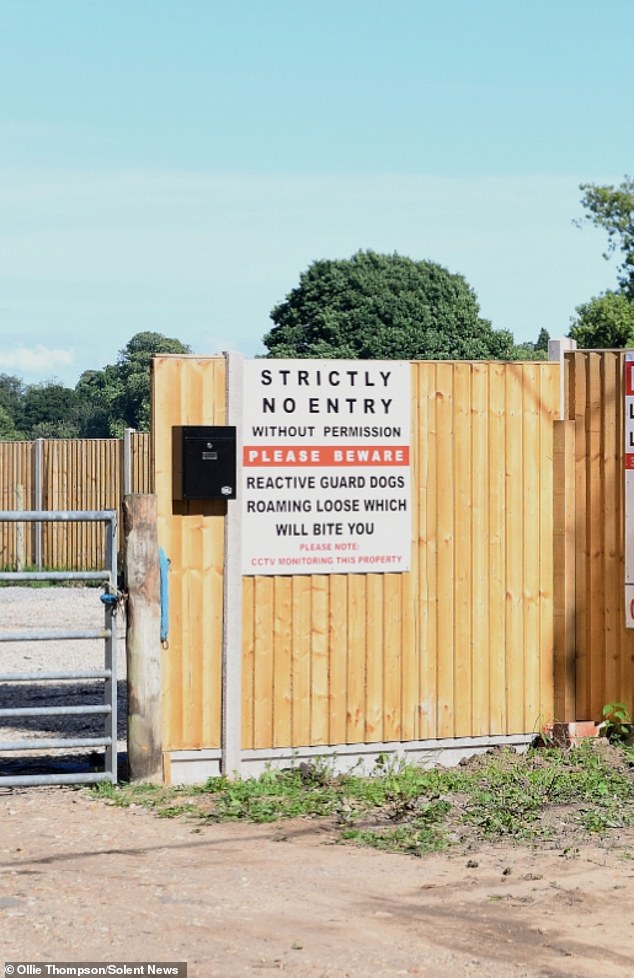
Mr Chalk and Mr Butler have faced backlash as well for installing ‘intimidating signs’ at the entrance after moving into the location.
A sign posted at the entrance of the area states: “No admittance without authorization. Proceed with caution. Aggressive guard dogs are free-roaming and may attack.”
In their application, both men stated that their families plan to become part of village life, making use of local stores and various facilities.
Nevertheless, an opponent contested this assertion, stating: “The imposing fence and hostile signs at the entryway do not convey a readiness to be part of the neighborhood.”
Dr A Lawrence and Dr C Walter went so far as to describe this application as ‘mischievous,’ indicating that it aims to legitimize the intrusion of residential development into rural areas within a national park.
They included: “The proposal involves stationary residences along with related facilities such as charging stations, waste storage areas, and bicycle depots.”
‘It urbanises and its fences suburbanise what was a pony paddock in a rural setting.
‘There is nothing temporary in this proposal just as there is nothing rural or agricultural. Already mostly built, it sets a damaging precedent for incremental (sub)urbanisation of the village.’
The New Forest Park Authority will be making a decision regarding these plans later this week.
Read more

